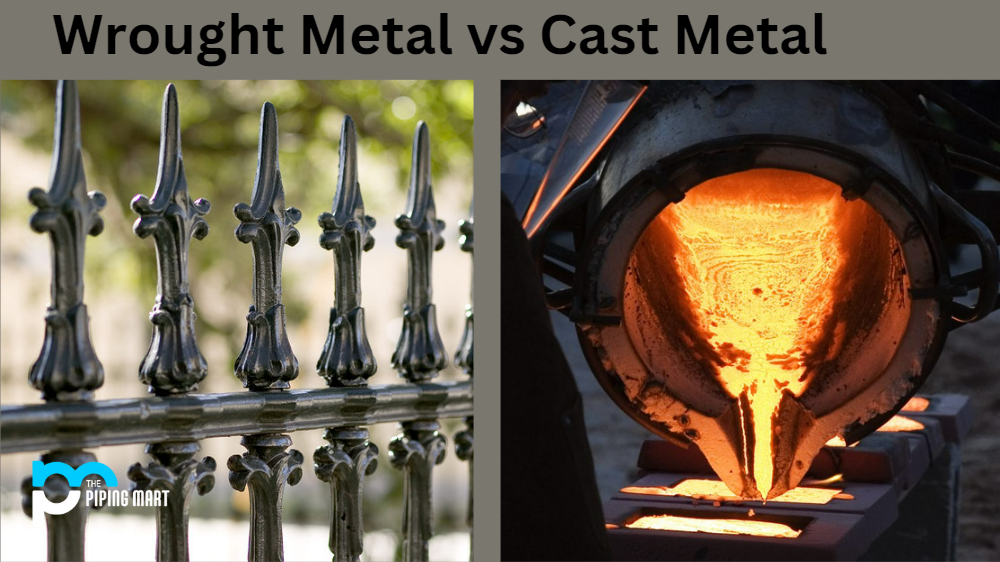17-7 stainless steel is an alloy made using chromium and nickel, and it is a popular material for aerospace and medical applications. Whether this type of steel is magnetic can be answered with a simple yes or no—but the definitive answer may require more explanation. Explore the science behind 17-7 stainless steel’s magnetic properties.
What Makes Metal Magnetic?
To understand why certain metals are magnetic and others are not, you must first understand how magnetism works. All atoms have electrons that move around their nuclei in orbitals. When these electrons spin in the same direction, they create an invisible field around them called a dipole moment, which is what causes magnetism. Metals with unpaired electrons produce larger dipole moments than those with paired electrons; thus, they become magnetic.
Magnetic Properties of 17-7 Stainless Steel
17-7 stainless steel contains unpaired electrons; however, because of its high heat treatment process (which produces austenite), this metal does not become magnetized as easily as other metals with unpaired electron spins would. This means that while 17-7 stainless steel can become magnetized depending on its environment, it usually will not remain so when exposed to external fields like those from magnets or electromagnetic waves. Thus, 17-7 stainless steel is considered nonmagnetic in most cases.
Conclusion:
In summary, while 17-7 stainless steel contains unpaired electrons capable of becoming magnetized in specific environments, it is typically considered nonmagnetic due to its unique heat treatment process, which produces austenite. Suppose you must determine whether your application requires a nonmagnetic material like 17-7 stainless steel or another type of metal with more pronounced magnetic properties. In that case, it’s important to consult an expert who understands the nuances between different types of metals and their respective magnetic properties.

Abhishek is a seasoned blogger and industry expert, sharing his insights and knowledge on various topics. With his research, Abhishek offers valuable insights and tips for professionals and enthusiasts. Follow him for expert advice on the latest trends and developments in the metal industry.




